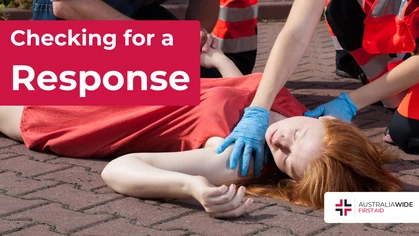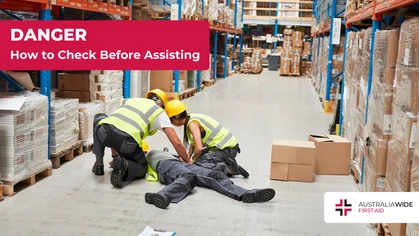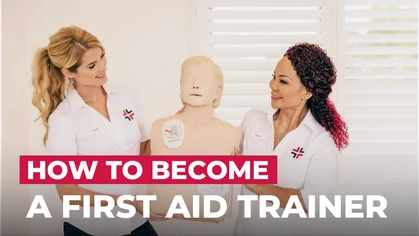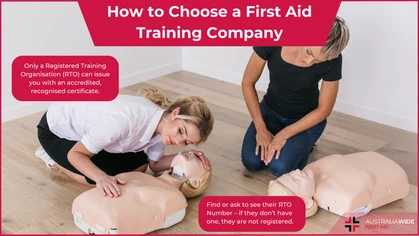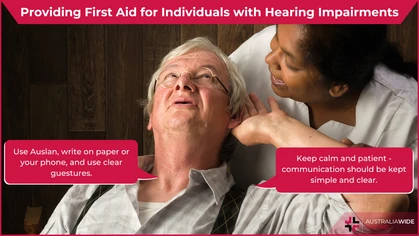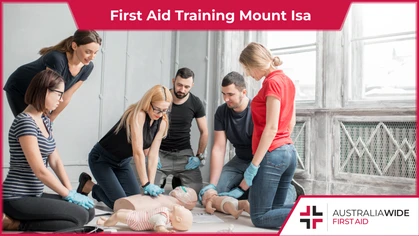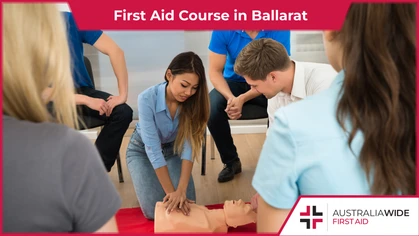Pressure Immobilisation Technique

First Aid Training
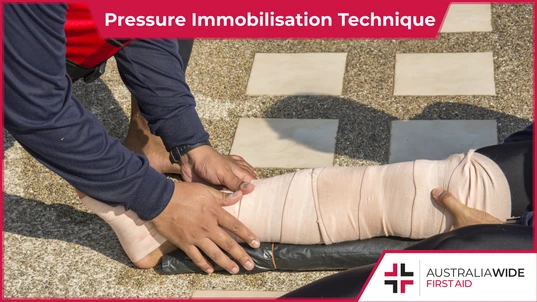
The Pressure Immobilisation Technique is a first aid treatment that is recommended for managing bites and stings from snakes, Funnel web spiders, and a host of other venomous creatures.
The Pressure Immobilisation Technique (PIT) is a first aid treatment that disrupts the flow of lymph around the body. Lymph is a clear-to-white fluid that moves from the body's tissues into the bloodstream, and it is the method by which venom travels around the body. As such, the PIT is recommended to treat bites and stings from a host of venomous creatures. In this article, we will look at the dos and don'ts of applying the PIT. We also demonstrate how to apply the PIT in the following first aid courses: You can head to our website to enrol at a location near you today.When to use the PIT
The Pressure Immobilisation Technique is recommended for application to bites and stings from the following creatures:- All Australian snakes*
- Funnel web spiders
- Blue ringed octopus
- Cone shell
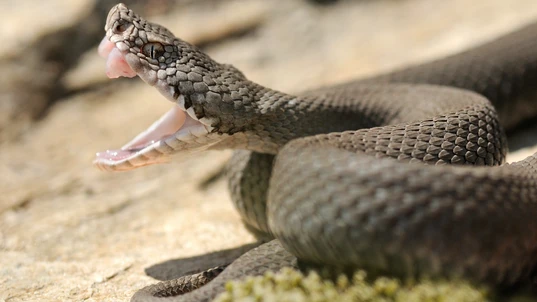
The Pressure Immobilisation Technique is recommended to treat bites from snakes, such as the Eastern brown pictured here. Their venom contains powerful toxins that can cause progressive paralysis and uncontrollable bleeding.
When NOT to use the PIT
The Pressure Immobilisation Technique is not recommended to treat bites and stings from the following creatures:- Other spider bites, including Redback spider bites
- Jellyfish stings
- Fish stings, including Stonefish stings
- Stings from scorpions, centipedes, or beetles
How to use the PIT
In the event that the Pressure Immobilisation Technique is needed, firstly ensure that the casualty remains as still as possible. This will help slow the spread of venom through the body. You should also follow DRSABCD and be prepared to perform CPR. You can then begin applying the PIT, like so: If the casualty is bitten or stung on a limb, apply a broad pressure bandage over the bite site as soon as possible. It is recommended that you use elastic bandages (10-15cm wide) rather than crepe bandages to form your pressure immobilisation bandage. If neither of these are available, you can improvise with clothing or other material. The bandage should be firm and tight - not so tight as to cut off circulation, but tight enough that you cannot easily slide a finger between the bandage and the skin. To further restrict lymphatic flow and help immobilise the limb, apply a second pressure bandage. Commence at the fingers or toes (the distal end) of the bitten limb and extend upwards, and cover as much of the limb as possible. Also take care to mark the bite site with a pen or texta.
To further restrict lymphatic flow and help immobilise the limb, apply a second pressure bandage. Commence at the fingers or toes (the distal end) of the bitten limb and extend upwards, and cover as much of the limb as possible. Also take care to mark the bite site with a pen or texta.
 Apply a splint to the limb to immobilise joints on either side of the bite and restrict movement as much as possible. The splint can be made from a variety of rigid materials, such as a tree branch or rolled up newspaper, and can be incorporated under the layers of bandaging. Bites to the arm, meanwhile, should be immobilised with a sling rather than a splint.
Apply a splint to the limb to immobilise joints on either side of the bite and restrict movement as much as possible. The splint can be made from a variety of rigid materials, such as a tree branch or rolled up newspaper, and can be incorporated under the layers of bandaging. Bites to the arm, meanwhile, should be immobilised with a sling rather than a splint.


Important to remember
- For bites that are not on a limb and cannot be treated with the Pressure Immobilisation Technique, apply local pressure
- The bandages should be applied over existing clothing, as any attempts to remove clothing could promote the spread of venom into the blood stream
- If only one bandage is available, we recommend starting just below the bitten area and winding the bandage as far up the limb as possible
Final thoughts
The Pressure Immobilisation Technique is a first aid treatment used to manage bites and stings from venomous snakes, including sea snakes, Funnel web spiders, and many more. It disrupts the flow of lymph around the body, the method by which venom enters the blood stream. As such, the PIT is a valuable skill to learn, as it can help 'buy' the casualty time while awaiting professional medical care. To delve even further into the practicalities of applying the Pressure Immobilisation Technique, head to our website to book a First Aid or Childcare First Aid course near you today.
Originally published at
https://www.australiawidefirstaid.com.au/resources/pressure-immobilisation-technique
as part of the Australia Wide First Aid Articles Library
